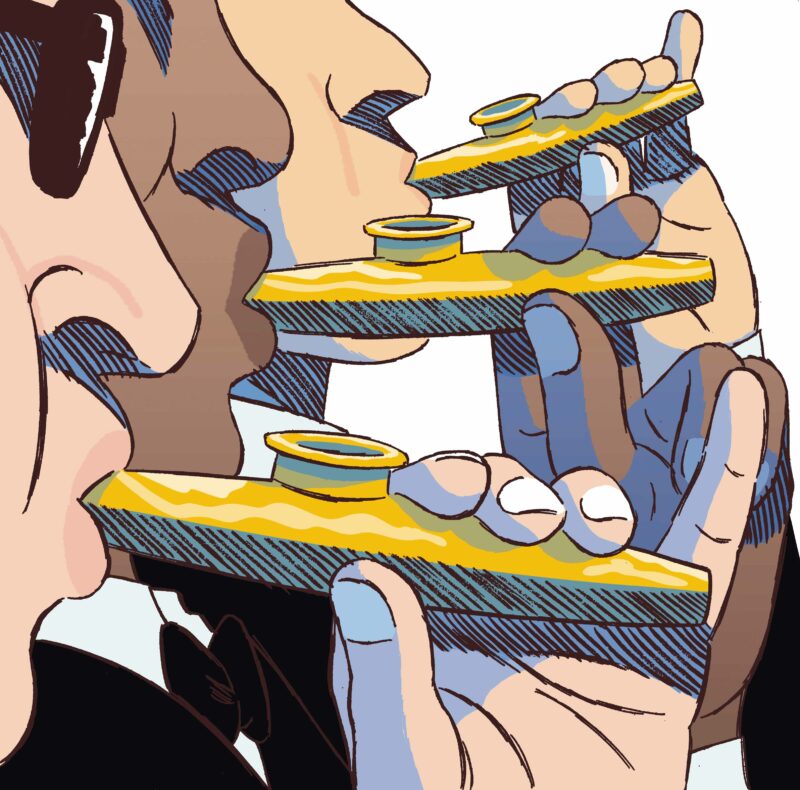A membranophone belonging to the mirliton (or “eunuch flute”) family, the kazoo has a deep and profound history; and of the playing of many kazoos at once, we find a correlative history even deeper and more profound. In 1667, John Milton wrote of a massed kazoo chorus:
At length a universal hubbub wilde
Of stunning sounds and voices all confus’d
Born through the hollow dark assaults his eare
With loudest vehemence…
And Tumult and Confusion all imbroil’d,
And Discord with a thousand various mouths.
You have reached your article limit
Sign up for a digital subscription and continue reading all new issues, plus our entire archives, for just $1.50/month.
Already a subscriber? Sign in





